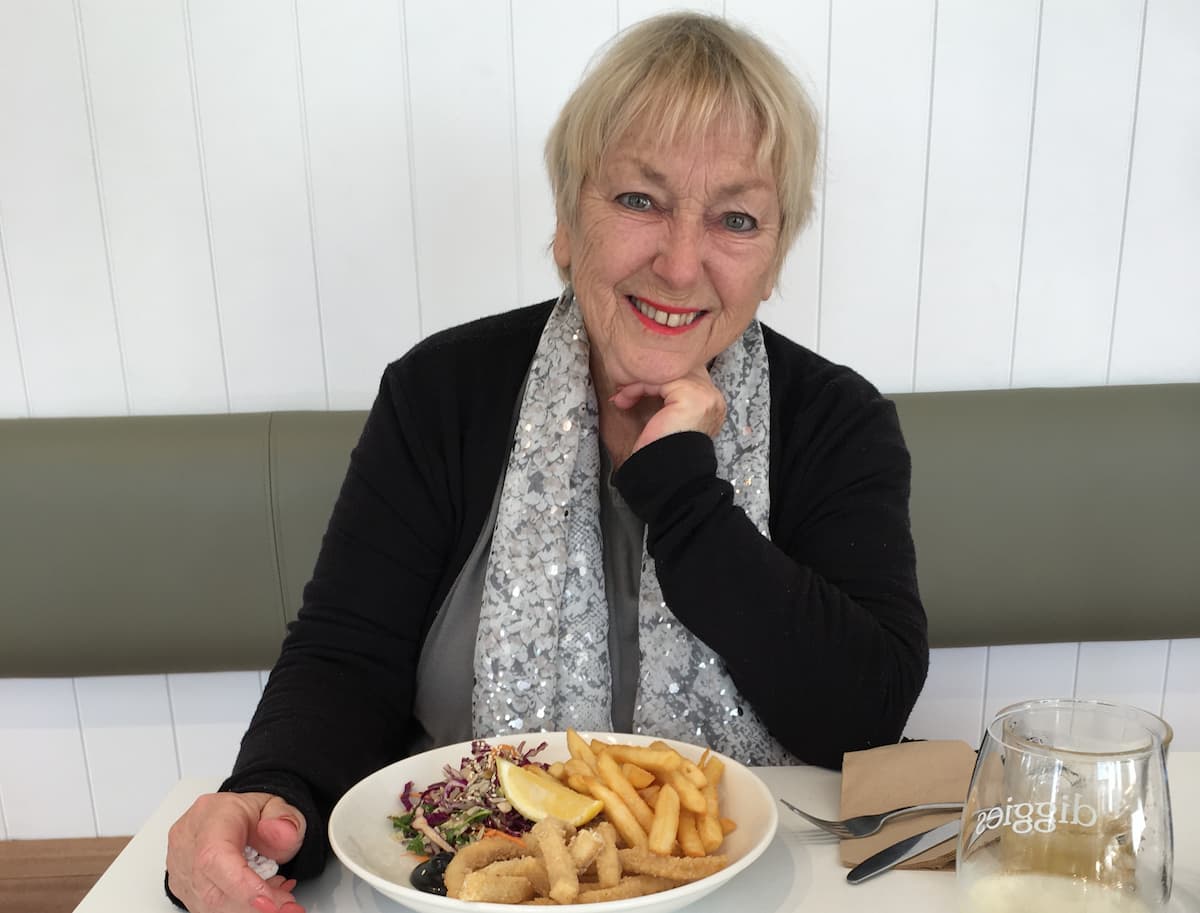Five-year prognosis unacceptable to CML warrior Rona
Rona Wall was diagnosed with CML in January 2002 after noticing that a large black bruise on her arm hadn’t healed after six weeks.
She was living in Sydney at the time, working three part-time jobs, and she and her now late husband, Richard, had recently sold their home. They had plans to move to coastal Kiama, south of the city.
When Rona went to her GP to have her high blood pressure checked, just before Christmas 2001, she also asked him about the bruise. Even though her bloods had been “perfect” nine months earlier, her doctor ordered another full blood test, and Rona was shocked when he called her in the new year.
“He told me I had something wrong with my white cells,” said Rona, now aged 77.
“And straight away I said, ‘I’ve got leukaemia’.
“The line went dead silent, then he asked me, ‘how do you know that?’, and I told him my brother died from leukaemia when I was two.
“My father described it to us as, ‘the white cells ate the other cells’. His leukaemia had nothing to do with mine though, I’m told it’s not hereditary.”
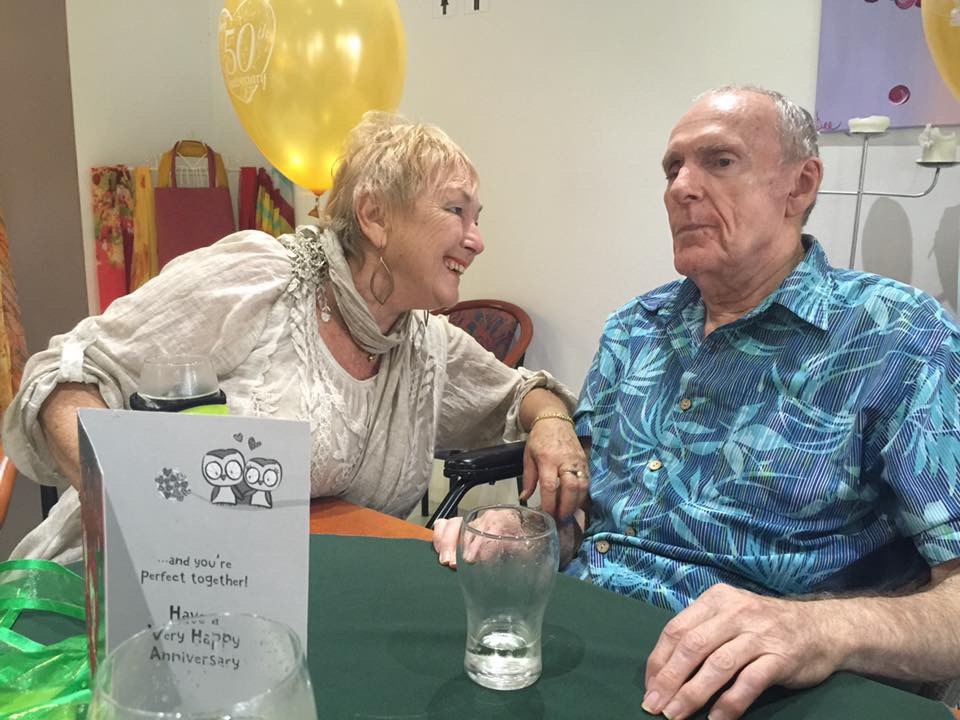
Rona said her CML was untreatable with chemotherapy and, 59 years old at the time, she was classed as too old to have a bone marrow transplant, so she went on hydroxyurea (Hydrea®) to lower her high white blood cell count.
“At the time, it was mostly used to treat AIDS and I was given a prognosis of five years,” explained Rona.
“I’m a very strong person and I didn’t accept that. My late husband, daughter and I were very determined to find another treatment that would prolong my life.”
Self-advocating for imatinib
In 2005, Rona’s oncologist-haematologist mentioned a new CML drug, imatinib (Glivec®).
“He asked me; ‘you don’t have $6000 a month to spend on it do you?’,” said Rona.
“I didn’t have that type of money, but I was determined to get the drug.
“My daughter, Trenna-Ann and her husband, Rob, offered to sell their Sydney apartment to pay for it, but I couldn’t accept that.
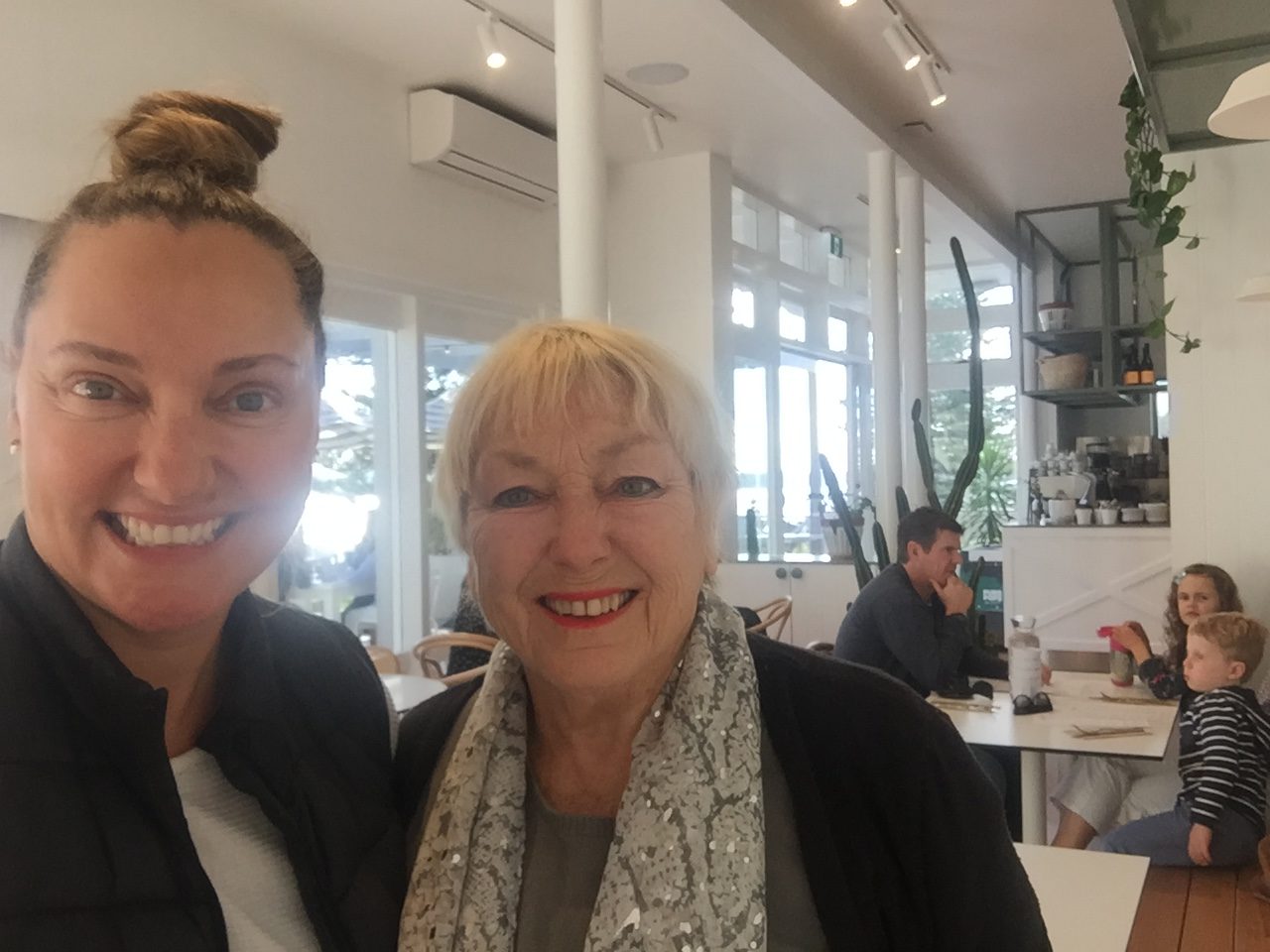
“You’ve got to take responsibility for your own life.”
Rona called the drug’s manufacturer, Novartis, asking if there was a way she could get access to imatinib at an affordable price. And she continued to call every week for three months.
“I eventually got the name of a research doctor running an imatinib CML trial,” said Rona.
“I still struggled to get an appointment and was told patients were selected by the researchers, not by patients coming to them directly.”
Luckily, Rona’s oncologist-haematologist at the time was able to pull some strings to get her an appointment, and when she finally got in to see the trial investigator, she told him how difficult it had been to get an appointment.
“Well, that really changed things,” explained Rona.
“He said to me, ‘that’s wrong, anyone should be able to access this whether you’re a vagrant on the street or the prime minister’,” said Rona.
“He really was my saving grace.
“Later, I told him how I thought I only had two years left when I first saw him, and he said, ‘no Rona, you actually only had three months!’.”
Imatinib revolutionised Rona’s blood results, and her only “real side-effect” was fluid retention.
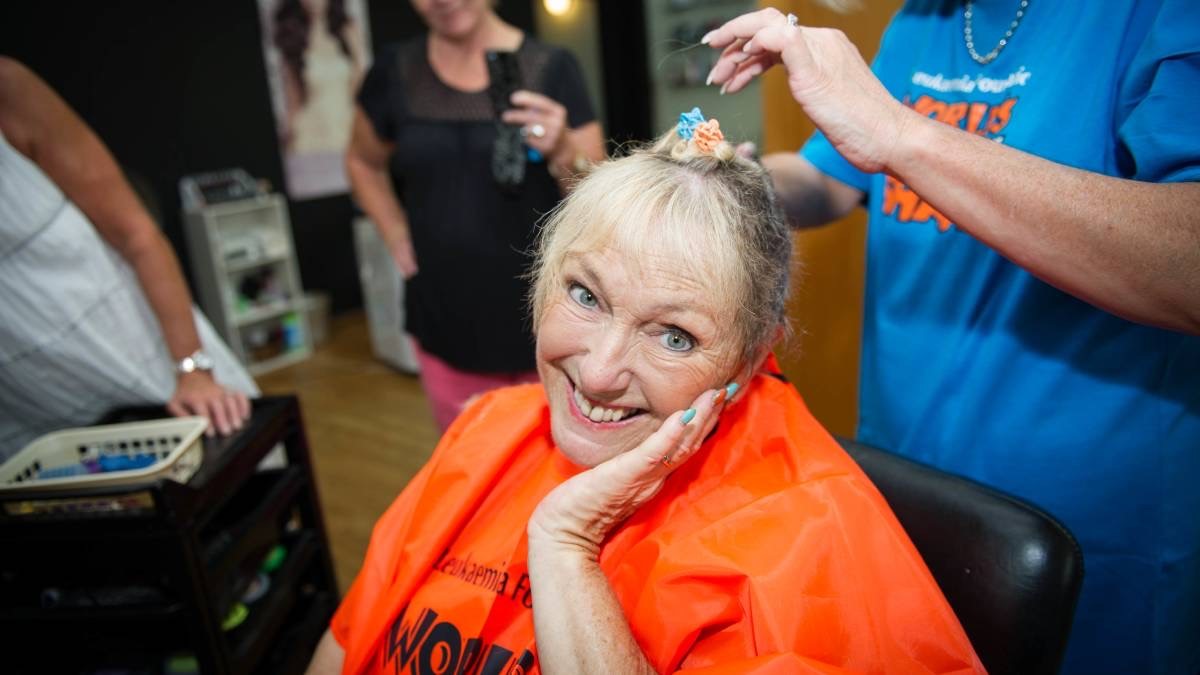
Transitioning to nilotinib
Rona continued taking her imatinib tablets for almost a decade until allergies affected her so badly in 2015 that something had to change.
“I had terrible swelling on my eye lids and could hardly open my eyes,” said Rona. “I literally had to prise them open in the mornings.
“I was able to go on a new drug that didn’t have that side-effect, called nilotinib (Tasigna®).
“It was a bit of a risk changing over as I couldn’t go back on imatinib (Glivec®) if this failed.
“I really took a chance, but luckily it paid off. It keeps me in remission and I will be on it for the rest of my life,” said Rona who also takes medication for her thyroid, cholesterol, blood pressure and immune system.
She has blood tests every three months and sees her haematologist every six months for a check-up.
In 2017, Rona attempted to come off nilotinib in a government-led stopping treatment trial.
“Within a month I was incredibly fatigued and not myself at all,” said Rona.
“My leukaemia had become acute and they put me straight back on nilotinib; four tablets a day instead of one.
“I also had prednisone for three months to counteract my allergies from the strength of the nilotinib.
“Then I became terribly allergic to prednisone as well, with thrush in my throat and bad rashes, but slowly weaned myself off it.
“Interestingly, 60 per cent of people in that trial were able to remain off the nilotinib, I was just one of the unlucky ones,” said Rona.
Playing the carer
During most of her CML journey, Rona had also cared for her husband. Richard had been finally diagnosed with dementia in 2007 and he passed away in 2016.
“That whole time I really put my own leukaemia to the back of mind. He was my main priority,” said Rona.
“All I had to do was take my pills every day and keep up my appointments.
“I was very strong through that whole time. I took him to all the support meetings; we did everything together.”
Trenna-Ann and a carer friend, Henne, were a great source of support during this time. They alternated going down to Kiama from Sydney each weekend.
“I was very lucky to have that extra support, especially with physical tasks like showering [Richard] because they tend to get very cranky with the person they love,” explained Rona.
“They don’t like you telling them what to do all the time, so that can be very challenging.
“We got through it though and there were some hysterically funny moments with the misunderstandings that went on.
“I was going write a book called, ‘It’s all not that bad’ filled with stories of the funny things he did.
“You really have to laugh through those tough times. That’s the biggest lesson I learnt through it all.”
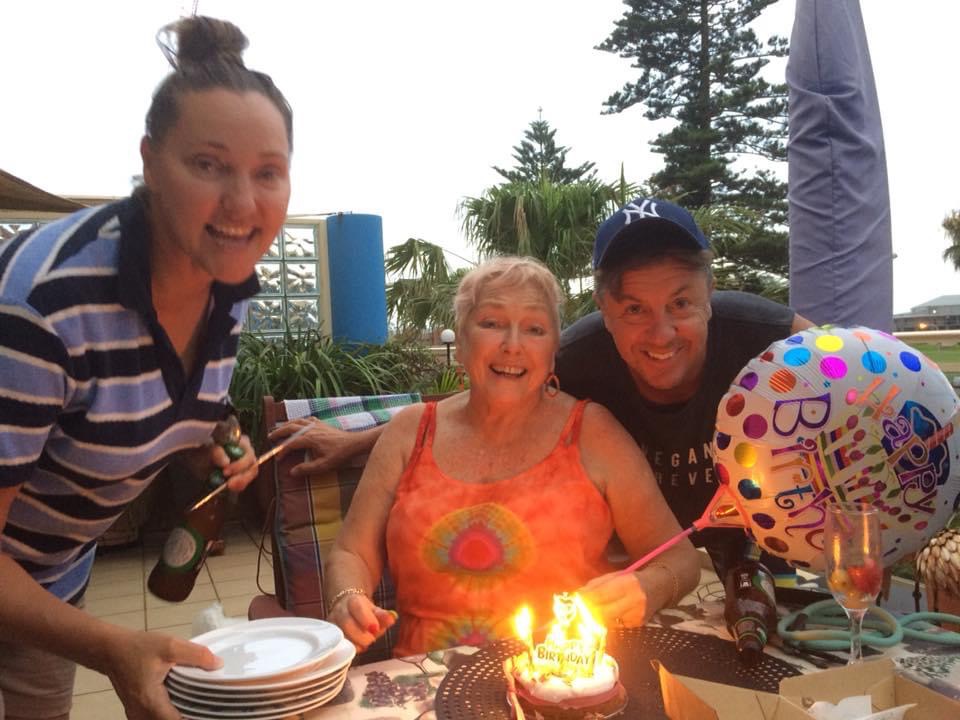
Leukaemia Foundation support
Rona got in touch with the Leukaemia Foundation after her diagnosis and she was connected with another CML patient, to share their experiences.
“They put me on to a beautiful lady called Eunice and I even spoke to her last week,” said Rona.
“She has been a great friend and we’ve kept each other going. She had the same issue with her eyes on imatinib so we could talk through that – it’s just been fabulous.”
Rona also regularly attended the Leukaemia Foundation’s support groups prior to COVID-19.
“Snezana [a blood cancer support coordinator] from the Leukaemia Foundation has been so wonderful, giving up her Saturdays to run the groups. She even comes and picks me up from the train station,” said Rona.
“Those groups make a big difference. There’s not a huge amount of trusted information out there and you need to be sure you’re not going down a Google rabbit hole.”
In 2014, Rona participated in the Leukaemia Foundation’s World’s Greatest Shave raising $5,000 to support others going through a blood cancer diagnosis.
The future is bright
When Rona spoke to CML News, she was renovating her beachfront unit. She keeps busy with her groups of close girlfriends, in Sydney and Kiama. She loved going on cruises with Richard and then later, with her girlfriends.
“My girlfriend and I have a trip planned to the Cook Islands. It’s been on my bucket-list for ages and it will be bliss to get away after the year we’ve all had,” said Rona, who is always looking forward to the future.
Last updated on July 7th, 2021
Developed by the Leukaemia Foundation in consultation with people living with a blood cancer, Leukaemia Foundation support staff, haematology nursing staff and/or Australian clinical haematologists. This content is provided for information purposes only and we urge you to always seek advice from a registered health care professional for diagnosis, treatment and answers to your medical questions, including the suitability of a particular therapy, service, product or treatment in your circumstances. The Leukaemia Foundation shall not bear any liability for any person relying on the materials contained on this website.